
Piezo Fiber Stretcher: Precise & Rapid Adjustment of Fiber Length & Diameter!

In modern science and technology, optical fiber stretching technology, as a key link in the manufacturing and application of optical fibers, its precision and efficiency directly affect the performance and application scope of optical fibers. From communication base stations to space exploration, from medical imaging to quantum computing, optical fibers serve as the nerve vessels for signal transmission, and their performance directly determines the stability and accuracy of the signals. With the continuous increase in the demands for optical fiber communication, optical fiber sensing and special optical fiber applications, the requirements for the precision and speed control of optical fiber stretching are becoming increasingly strict. CoreMorrow fiber optic stretching piezo actuator, with its high precision, rapid response and nanometer-level positioning capability, has become a key tool for fiber optic stretching and is often used in devices such as lasers.
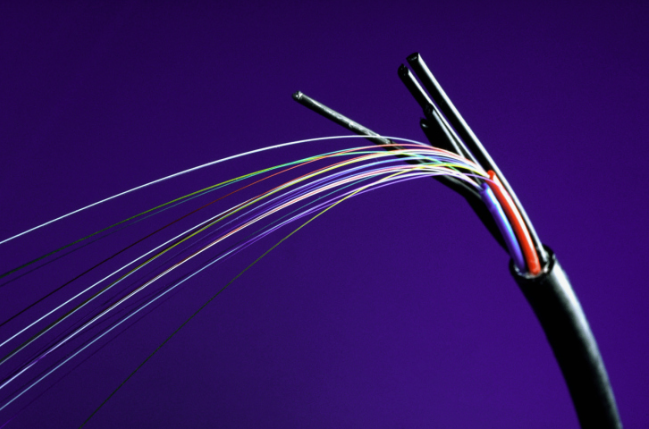
(Note: Image from online resources)
I.
Optical Fiber Stretching: A Crucial Step in Laying the Track for Optical Signals
The core purpose of optical fiber stretching is to precisely control the length and tension of the optical fiber, accurately adjust the diameter and core diameter of the optical fiber, and affect its optical performance and mechanical strength, ultimately achieving zero error in signal transmission. If optical fibers are compared to tracks for transmitting optical signals, the process of stretching optical fibers is like calibrating the flatness of each section when laying the track. Even a deviation of the micrometer level may distort the high-speed transmitted optical signals.
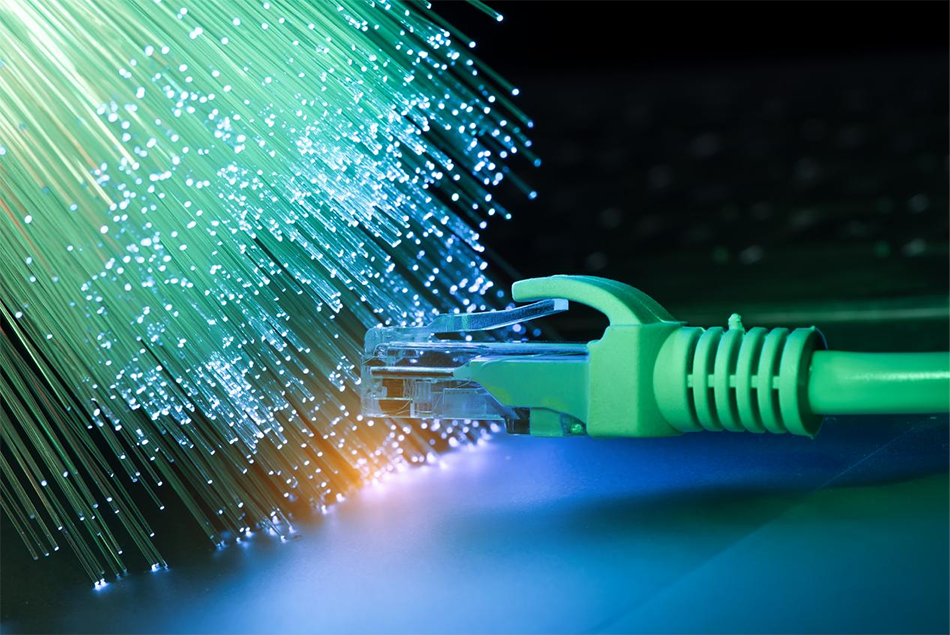
(Note: Image from online resources)
Specifically, the Effect of Optical Fiber Stretching can be Reflected in the Following Aspects:
1.Wavelength calibration: In fiber lasers and optical sensors, by fine-tuning the length of the fiber, the target wavelength can be precisely matched to ensure that the signal does not lose frequency.
2.Dynamic compensation: In extreme environments (such as aerospace and deep sea), real-time stretching is used to counteract the length changes caused by temperature and vibration, ensuring signal stability.
3.Phase adjustment: Adjust the phase, delay, etc. of the optical signal.
Fiber optic stretching technology is widely applied in multiple high-tech fields, ranging from the core components of 5G communication base stations, to the precise optical paths of lidar, and even to the key transmission systems of quantum communication. Fiber optic stretching technology has long permeated every aspect of modern technology. For instance, in the field of sensing, fiber optic stretching piezo actuators are integrated into highly sensitive fiber optic sensors for measuring physical quantities such as temperature, pressure, and strain.

(Note: Image from online resources)
II.
CoreMorrow Optical Fiber Stretching Piezo Actuator
The deformation of the optical fiber stretching piezo actuator can be superimposed to the hundreds of micrometers level while maintaining a nanometer-level resolution. The requirements for precision, speed and stability in optical fiber stretching are extremely high, and the characteristics of piezo products perfectly match the precise demands of optical fiber stretching.
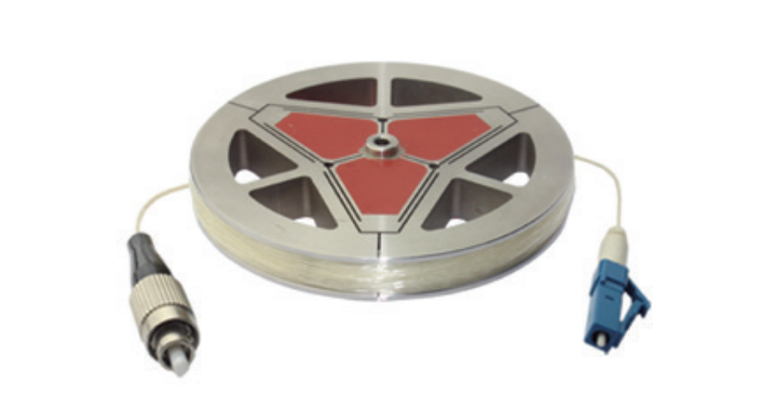
CoreMorrow H01 piezo actuator wound with optical fiber
1.High resolution: The nanometer-level resolution of piezo ceramics meets the ultimate requirements for diameter/length control in optical fiber stretching.
2.Quick response: The millisecond-level response speed ensures that the stretching parameters can be adjusted in real time.
3.Frictionless: The fiber optic stretching piezo actuator adopts a frictionless hinge structure, avoiding the errors caused by traditional mechanical structures.
4. Stability: The piezo ceramic actuator is resistant to electromagnetic interference and has no drift.

The optical changes regulated by the stretching of CoreMorrow H01 piezo actuator
H01 Optical Fiber Stretching Piezo Actuator
H01 piezo fiber stretcher is a piezo motion mechanism specially designed for fiber stretching applications. Its principle is to cause the hinge structure outward expansion by the action of three piezo stacks placed at 120 degrees thereby stretching the optical fiber wound in the outer diameter groove.
H01.3K Fiber Stretching Piezo Actuator
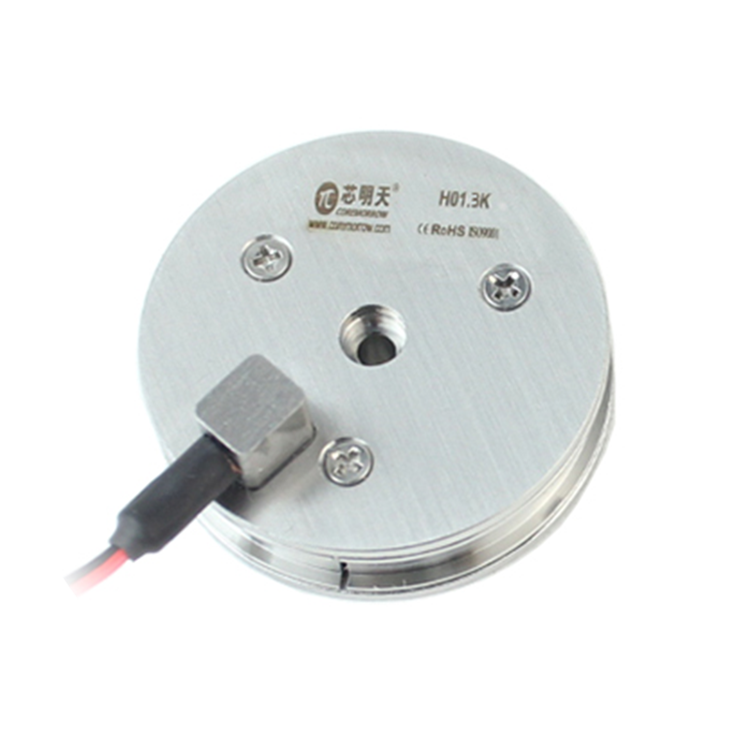
Model H01.3K
Nominal travel range (0~120V) 2.4µm
12µm fiber stretching length for one single-turn
0.3nm Resolution
1.5nm resolution of fiber stretching
Unloaded resonant frequency 3000Hz
Radial maximum blocking force 120N
H01.6K Fiber Stretching Piezo Actuator
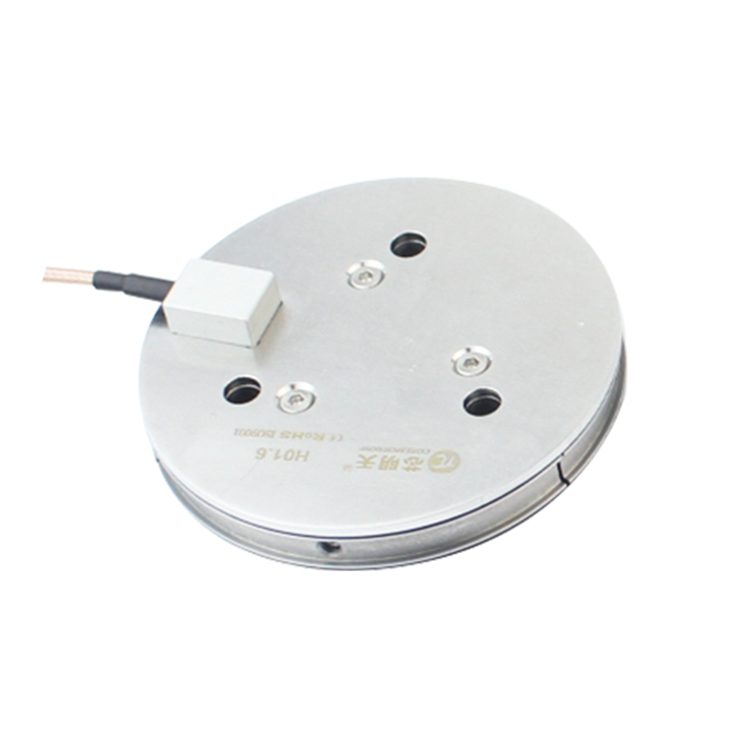
Model H01.6K
Nominal travel range (0~120V) 5.6µm
28µm fiber stretching length for one single-turn
0.5nm Resolution
2.5nm resolution of fiber stretching
Unloaded resonant frequency 9500Hz
Radial maximum blocking force 250N
H01.9K Fiber Stretching Piezo Actuator
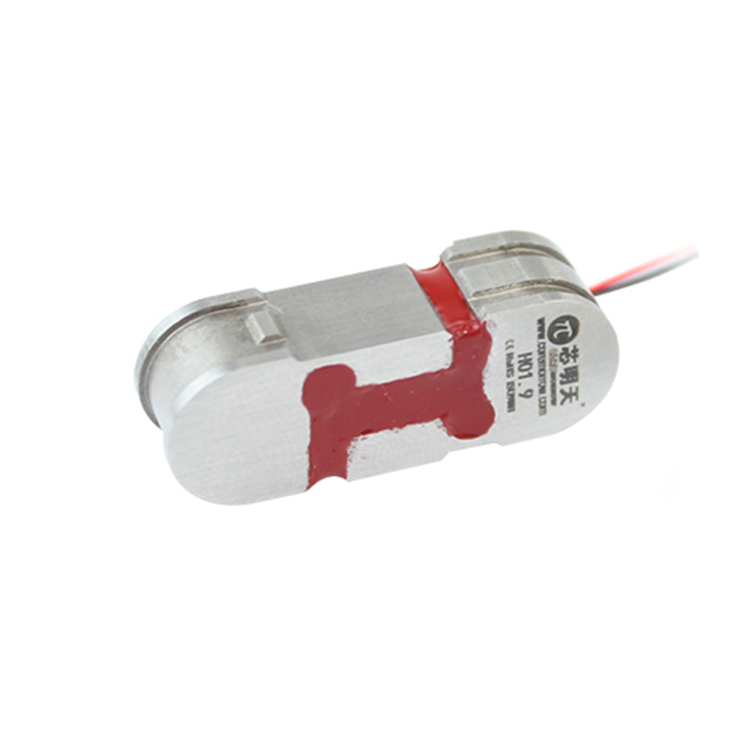
Model H01.9K
Nominal travel range (0~120V) 5.6µm
14µm fiber stretching length for one single-turn
Fiber bend radius 4.5mm
0.1nm Resolution
Step time 0.2ms
H01F.18K Fiber Stretching Piezo Actuator
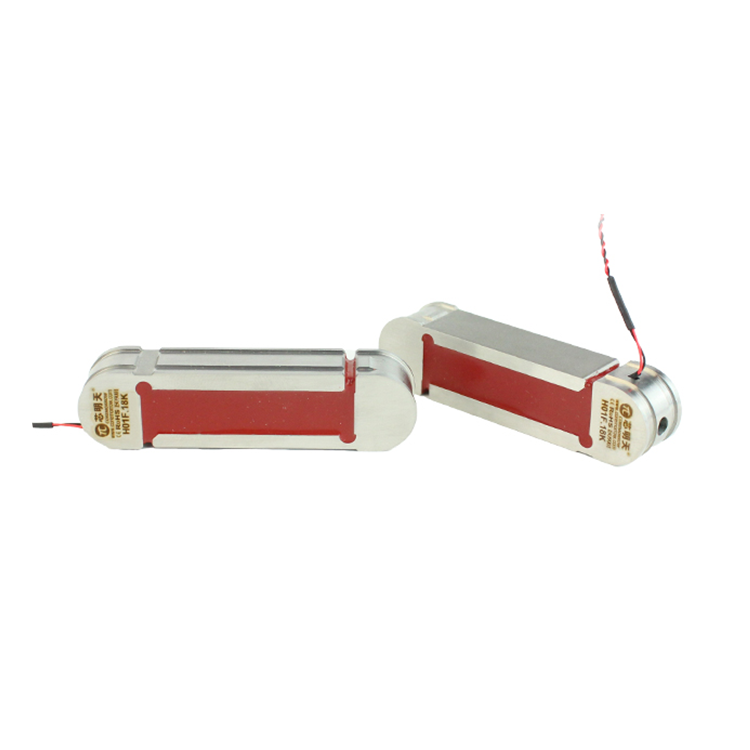
Model H01F.18K
Nominal travel range (0~120V) 30µm
60µm fiber stretching length for one single-turn
Fiber bend radius 7mm
0.5nm Resolution
Step time 1ms
H01.20 Fiber Stretching Piezo Actuator
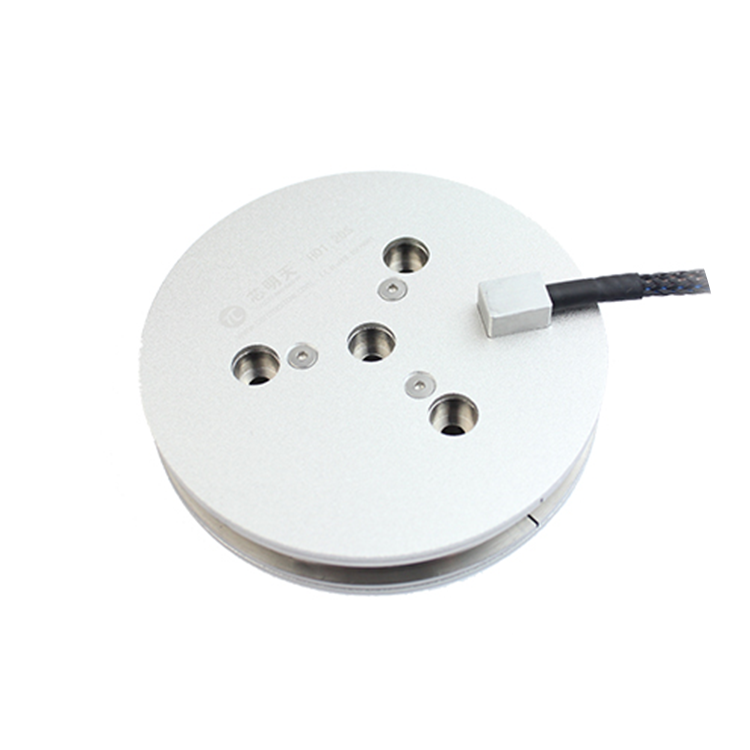
Model H01.20
Nominal travel range (0~120V) 15µm
80µm fiber stretching length for one single-turn
1nm Resolution
5nm resolution of fiber stretching
Unloaded resonant frequency 3975Hz
Radial maximum blocking force 600N
H01.80 Fiber Stretching Piezo Actuator
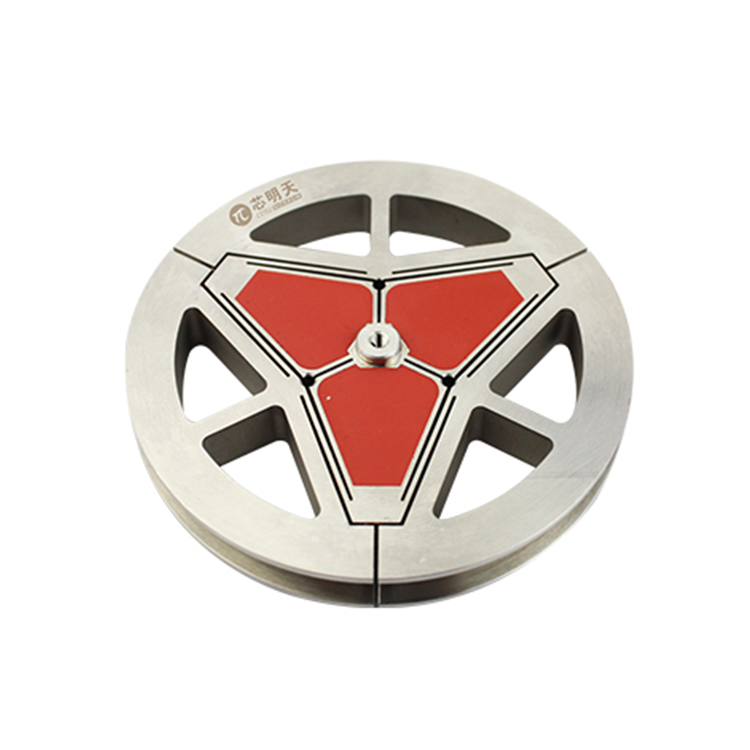
Model H01.80
Nominal travel range (0~120V) 64µm
336µm fiber stretching length for one single-turn
4nm Resolution
20nm resolution of fiber stretching
Unloaded resonant frequency 740Hz
Radial maximum blocking force 160N
Other Optical Fiber Stretching Solutions
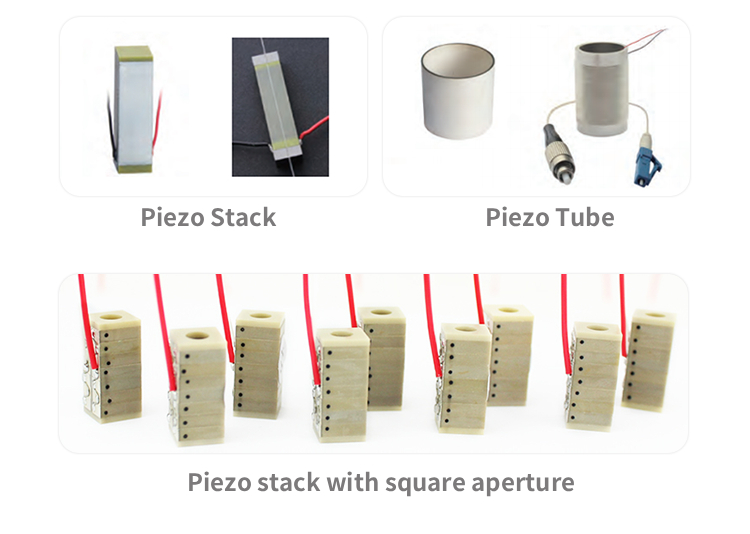
For further details, please call +86-451-86268790, or add WeChat ID: 17051647888.


